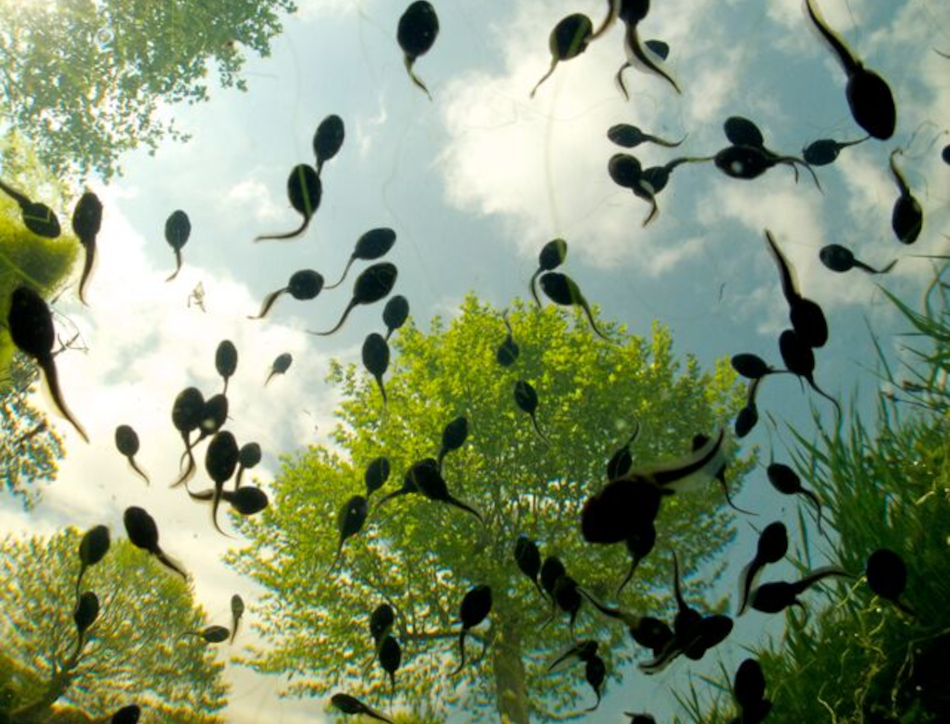The 2016 Royal Society Publishing photography competition officially ends on the 1st June, and soon our judges will have the daunting task of selecting their winners from the many entries received.

In many ways the Life through a Lens event in November celebrating science and photography was an apt ending to our year-long 350th anniversary celebrations. Philosophical Transactions forever changed the way science was disseminated when it was published in 1665, and the use of photography continues in the same vein by challenging our preconceived ideas of the world.
As discussed by Chair Sophie Stafford, and panellists David Maitland, Neil Aldridge and Claire Spottiswoode, camera traps allow us to see animals in their natural habitats that may otherwise remain a mystery. Micro-imaging exposes hidden worlds all around us. Camera phones allow anyone to record biological phenomena anytime and anywhere, elevating citizen science to new heights. With technology constantly evolving and the emphasis of data being open and easily accessible, a trend for photographs routinely sitting alongside traditional graphs and datasets may yet be seen in the articles we publish in our journals in the future.
“Stop in awe, and then stop and think” – Claire Spottiswoode
Perhaps forecasting this, care was taken to ensure the 2015 entries would be judged on their scientific relevance as well as their aesthetics, and this is something that has been upheld in this year’s competition. As judge and Biology Letters Board Member Claire Spottiswoode explained, all the judges were looking for images that made them “stop in awe, and then stop and think”.
Suffice to say, many of our entries fulfilled that brief brilliantly. We didn’t know what to anticipate from the inaugural competition but the range and quality of images received – from a fish louse to Caribbean brain coral to Gorillas in Rwanda – surpassed whatever expectations we may have had.
The legacy of the competition will be seen in the winning images submitted this year but we hope it will extend beyond this too. As the panel described, photography can help engage everyone with the natural world and be educational. For example, the public can be exposed to the jarring realities of poaching and make a possible difference in saving a species. New generations of scientists may have a greater understanding of their field than those who came before, simply because they can see more of it in action, not just read about it in a textbook.
That’s probably the most important message that anyone entering or looking at the images should take from the competition. Science can and should remain accessible to everyone. Photography perhaps more than many other art-form levels the field so tenured professors, recent graduates, a student or someone who has never even read a scientific paper before can all be inspired to take a photo and discover the story behind it. There are no language or social barriers in taking or interpreting a photograph. We can all get involved at the click of a button.
So get inspired and inspire those around you – enter now and see who the 2016 winners will be when they are announced in August by following #RSPphotocomp on @RSocPublishing
